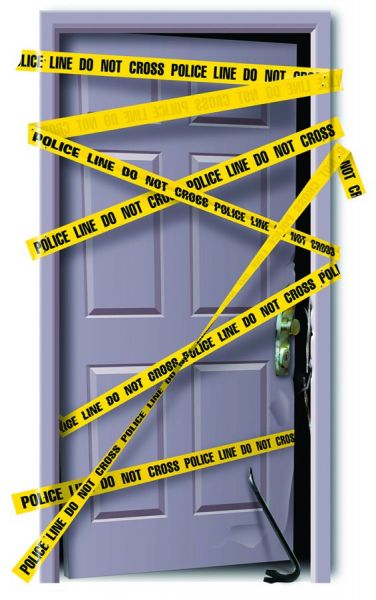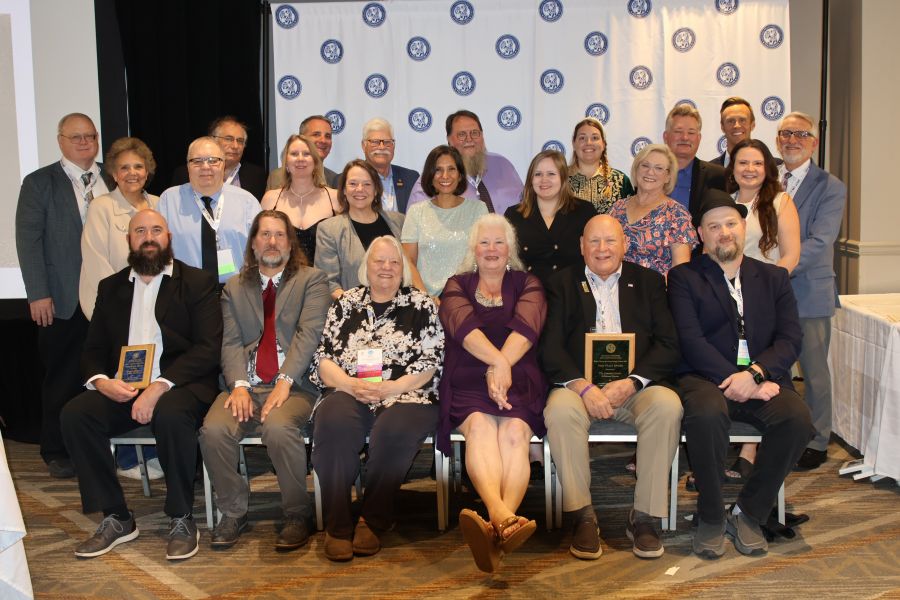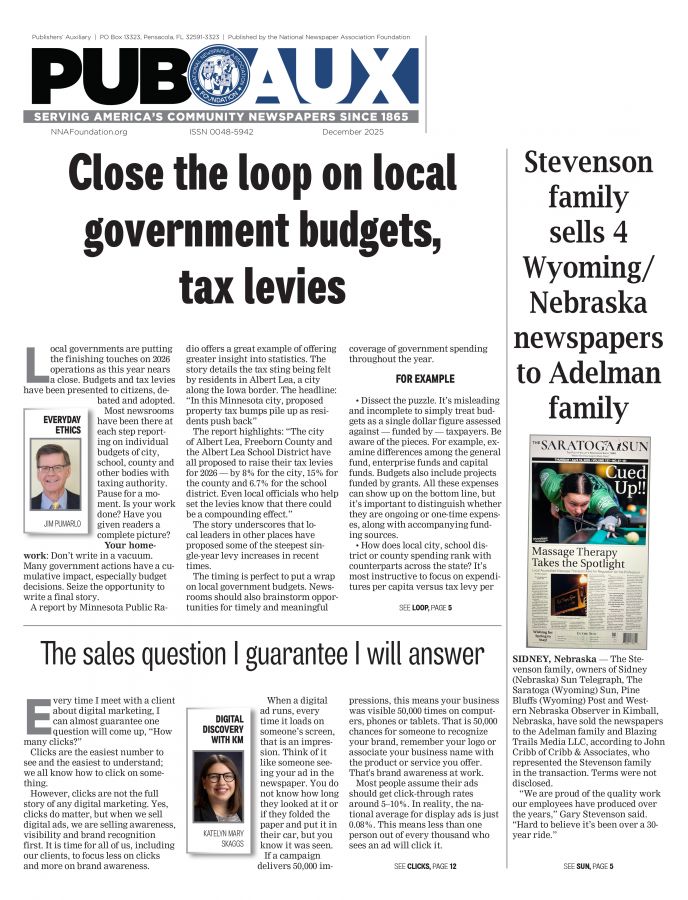There’s a good reason to tell the stories of harm caused by social media
Tom Silvestri
Sep 17, 2020


Many of the high-profile battles to rein in social-media giants seem beyond the grasp of community newspapers.
Fortunately for us, we have outstanding national media groups fighting the good fights. (Thank you, News Media Alliance and America’s Newspapers. Thanks also to the Local Media Association for securing initial funding from Facebook and Google to help newspapers with specific projects.)
But how can a community newspaper publisher or editor be relevant in helping to right wrongs?
Keep telling the stories when people — as well as newspapers — are harmed by “content” or actions on social media. Also, don’t assume there’s a general clarity of how much harm exists.
That solid advice comes from Olivier Sylvain, a professor of law at Fordham University in New York. He was a guest on the Sept. 3 installment of the Knight Foundation’s “Future of Democracy” series.
In the approximate 30-minute segment, Sylvain didn’t specifically mention community newspapers. But he noted that if the abuses of social media were to be countered and new standards installed, a major recourse is to “keep telling the stories” when harm occurs.
Harm can come from discrimination, disinformation, racial disparities, bullying, threats and injury. This is by no means a definitive list.
The social media giants benefit from the government granted protection of immunity and need to be called out when they don’t live up to the bargain that requires them to successfully self-police or self-regulate themselves. That can mean simply taking down bad stuff and, better yet, preventing it from seeing the light of a screen.
The brutal fact is that immunity exposes all of us to harm when it occurs, Sylvain said.
That wall of immunity is being chipped away with each new report of harm or abuse of the First Amendment. Consider Facebook’s announcement on the same day of the Knight program that the company will prohibit new political advertisements in the week before the November election.
How long have newspapers had standards in place to safeguard political advertisements? Please excuse the sarcasm.
Slowly, consumers are realizing that more unencumbered “free speech” isn’t necessary all good — even if we all are ardent protectors of the First Amendment. There are unintended consequences, especially when waves of Internet upstarts have as their mission “to change the world.” Just ask publishers whose content is distributed without payment by technology giants.
In the short time allotted by Knight’s Episode19: Unpacking Online Speech, Sylvain and host Sam Gill provided a crisp overview on the history of regulation and the freedom that social media platforms use to operate without pesky “reasonable standards.”
From a newspaper perspective, it was important to hear there’s more acknowledgement that the technology giants abdicate their role in policing content.
I lost track of how many publishers complain that Facebook, Google and Twitter unfairly get away with allowing posts of dangerous and libelous material simply by saying they’re not in the publishing business.
Well, the publishers say, that’s like saying the newspaper is in the business of running a machine called the press.
As a publisher, my response was that if I published some of comments in social media space, I’d be buying lots of vacation homes for libel lawyers. I long for the day that the laws would recognize that not all content on social media is protected.
Go ahead and listen to the Sylvain and Gill conversation if you have a spare 30 minutes. Also, follow the links to the professor’s writings, especially his work on liability under the Communications Decency Act.
In the meantime, it would be smart for more newspapers to do exactly what Sylvain suggested: Keep telling the stories about harm.
Imagine if that was the commitment of the more than 8,500 newspapers represented by the press and newspapers associations in North America.
As a related angle, the summer issue of Quill published an article documenting the increased online harassment of journalists. The article quotes a 2018 survey of mostly women journalists and media workers across the globe that “online attacks against journalists have become ‘more sophisticated in nature, more insidious in their damage to the news enterprise and more dangerous for journalists, both online and off.'”
Despite the chaos, Sylvain said he is an optimist. He called 2020 a special moment in time.
“Americans want change,” he said, that’s meaningful.
Newspaper stories documenting harm can help persuade lawmakers and regulators that the disruptive innovators are responsible for damage as they make millions on shiny new products that they apparently can’t totally control.
Don’t leave it to the big-city newspapers.
Community newspapers, tell the stories.
Tom Silvestri is executive director of the Newspaper Association Managers' Relevance Project, which advocates for community newspapers. He retired Dec. 31 after 15 years as the president and publisher of the Richmond (Virginia) Times-Dispatch and 42 years in newspapering.










